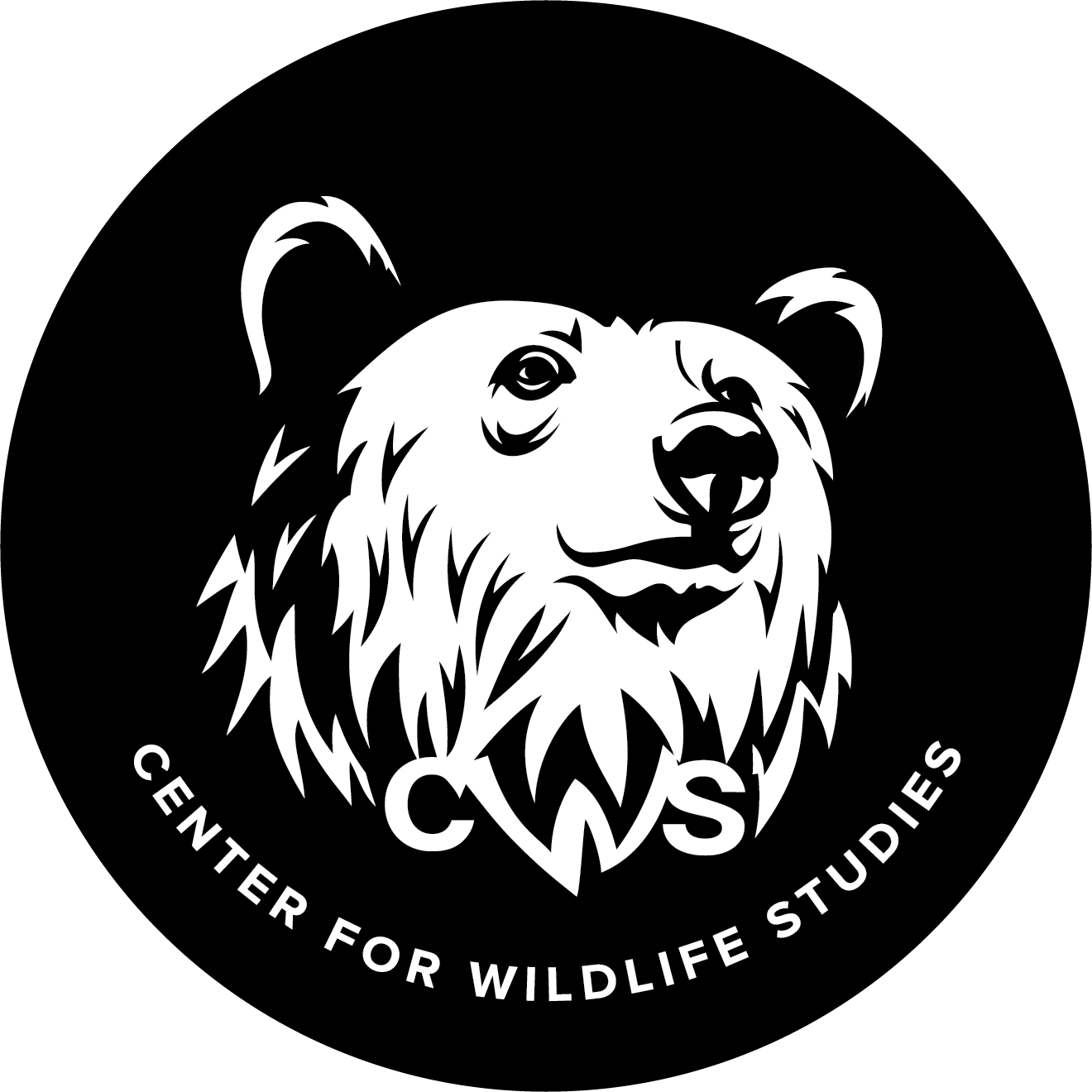Dr. Doug Van Hoewyk
Instructor, Center for Wildlife Studies
Ph.D. Botany, Colorado State University
B.S. Biology, Bates
Email: dougvanhoewyk@gmail.com
Plants are remarkably resilient to challenges imposed by their environment. I am interested in learning how plants to adjust their metabolism and physiology in response to stressors that constrain their growth; these environmental insults include salt, metal(oids), high temperatures, or nutrient deprivation. Studying these process helps us learn how plants survive challenging conditions. This knowledge may ultimately provide clues to improve crop yield on marginalized soil, which improves food security.
In addition to teaching at CMS, I am also currently working as a wetland/environmental scientist in mid-coast Maine. Before returning to Maine, I was a professor in the Biology Department at Coastal Carolina University (2008-20023). Additional experiences include a year in Turkey as a Fulbright Scholar, research at MIT, and work at the biotech company DeCode Genetics in Iceland.
-
-
Van Hoewyk, D., Wigand, C., & Groffman, P. M. (2001). Endomycorrhizal colonization of Dasiphora floribunda, a native plant species of calcareous wetlands in eastern New York State, USA. Wetlands, 21(3), 431-436.
Van Hoewyk, D., Abdel-Ghany, S. E., Cohu, C. M., Herbert, S. K., Kugrens, P., Pilon, M., & Pilon-Smits, E. A. (2007). Chloroplast iron-sulfur cluster protein maturation requires the essential cysteine desulfurase CpNifS. Proceedings of the National Academy of Sciences, 104(13), 5686-5691.
Van Hoewyk, D. (2013). A tale of two toxicities: malformed selenoproteins and oxidative stress both contribute to selenium stress in plants. Annals of botany, 112(6), 965-972.
Dimkovikj, A., Fisher, B., Hutchison, K., & Van Hoewyk, D. (2015). Stuck between a ROS and a hard place: Analysis of the ubiquitin proteasome pathway in selenocysteine treated Brassica napus reveals different toxicities during selenium assimilation. Journal of plant physiology, 181, 50-54.
Mendoza, F., Berry, C., Prestigiacomo, L., & Van Hoewyk, D. (2020). Proteasome inhibition rapidly exacerbates photoinhibition and impedes recovery during high light stress in Chlamydomonas reinhardtii. BMC plant biology, 20, 1-10.


